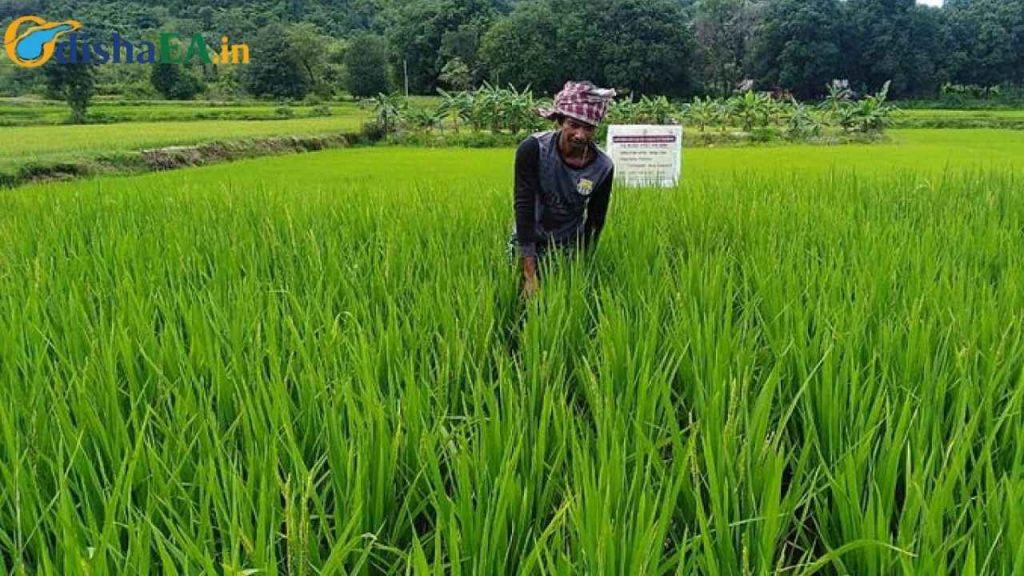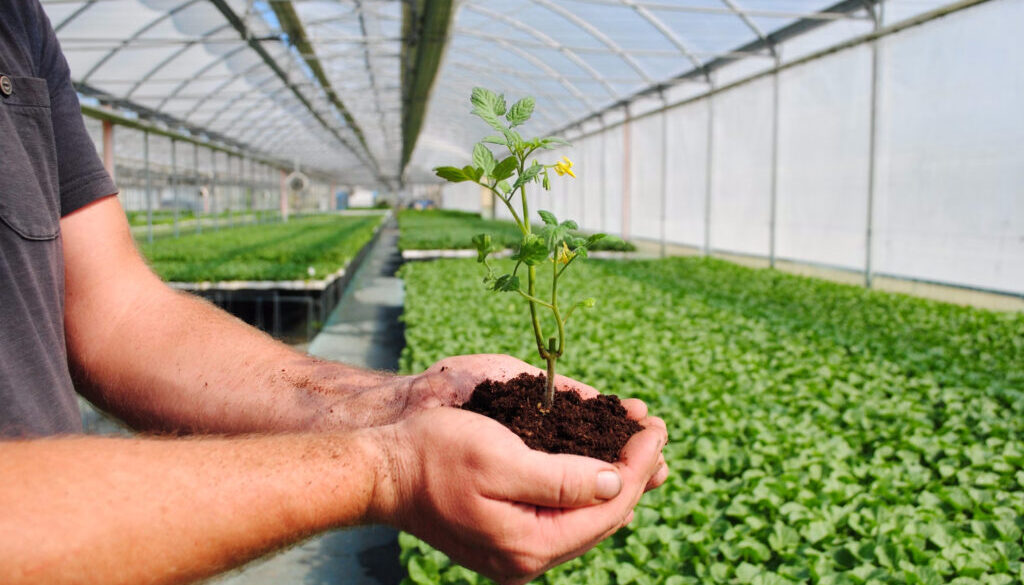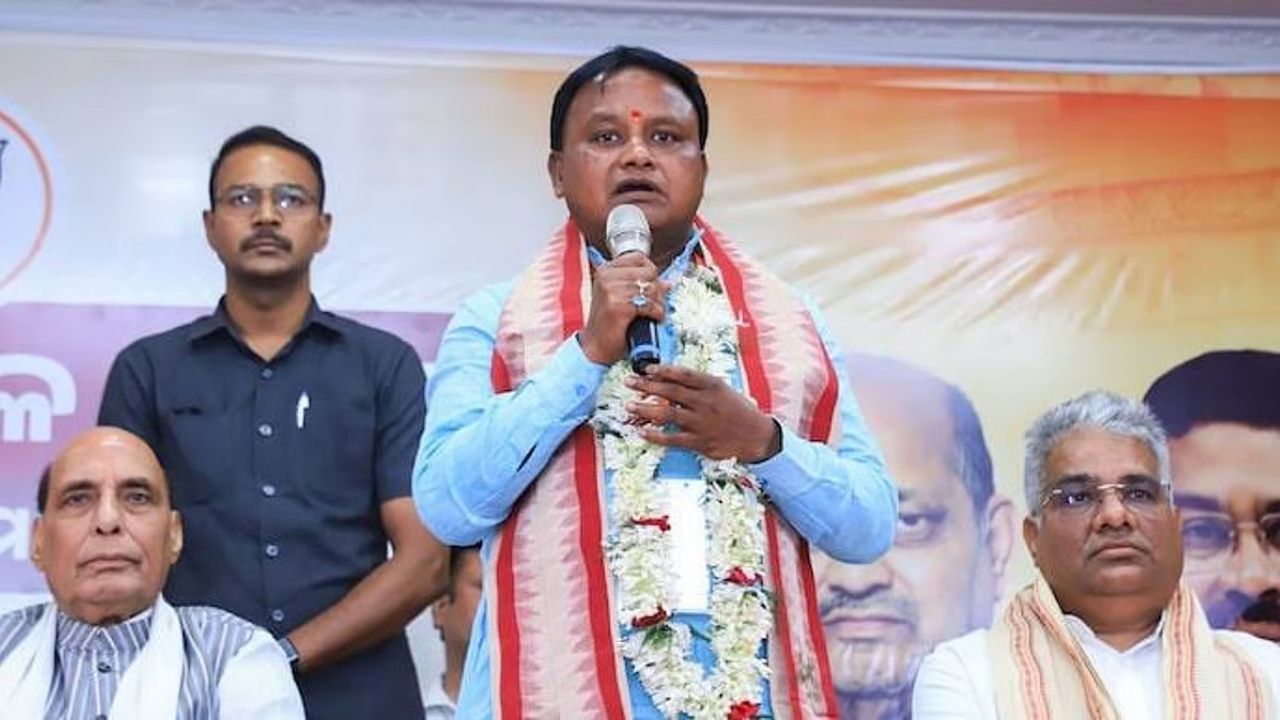When you hear the phrase “farming revolution”, you might think of shiny tractors rolling across endless cornfields in Iowa or wheat harvests in Kansas. But thousands of miles away, in Odisha, India, a quiet yet powerful transformation is reshaping how farmers grow their food. At the center of this movement is one game-changing idea: mixed cropping.

Mixed cropping—sometimes called intercropping—isn’t exactly new. Native communities in North America have been planting “Three Sisters” (corn, beans, and squash) together for centuries. The concept is simple: instead of betting everything on one crop, farmers grow multiple crops together in the same field. It boosts soil health, fends off pests, and spreads financial risk. And right now, Odisha is proving that this age-old practice can still drive a modern-day farming revolution.
Inside Odisha’s Farming Revolution
| Point | Details |
|---|---|
| Mixed Cropping Focus | Odisha promotes rice-pulse-oilseed systems to reduce risks and improve income |
| Land Coverage | 70,000+ hectares under rice-fallow management for pulses and oilseeds Krishi Jagran |
| Why It Matters | Boosts soil fertility, improves resilience to droughts and floods, lowers costs |
| Climate-Smart Seeds | New drought-resistant pulse varieties tested in Keonjhar, Odisha ICARDA |
| Global Lesson | Similar to Native American “Three Sisters” system used for centuries |
Odisha’s farming revolution shows that sometimes the best solutions are rooted in ancient wisdom. Mixed cropping isn’t flashy, but it’s smart, sustainable, and future-ready. By combining rice with pulses, oilseeds, and millets, farmers are not just surviving climate change—they’re thriving in spite of it. For policymakers, farmers, and even consumers in the U.S., Odisha’s story is a wake-up call: the future of farming is mixed, diverse, and resilient.
Why Mixed Cropping in Odisha Is a Big Deal
Farming in Odisha has always been high-stakes. The region gets slammed with cyclones, floods, and droughts more often than farmers would like to admit. According to India’s Ministry of Agriculture, nearly 60% of Odisha’s farmland is rain-fed, making it vulnerable to climate swings. A farmer depending on just one crop is like a football team with no backup quarterback—one bad hit, and the whole season’s gone.

Mixed cropping helps solve that. By planting rice with pulses (like lentils or chickpeas) and oilseeds (like mustard), farmers spread their bets. If rice takes a hit from a flood, the pulses may still pull through. If a pest attacks one crop, the other stands strong. And here’s the kicker—pulses naturally fix nitrogen in the soil, cutting down the need for expensive fertilizers. That’s money saved and soil renewed.
The Numbers Behind the Revolution
- 70,000 hectares of fallow land now under cultivation thanks to the Comprehensive Rice Fallow Management (CRFM) program.
- Farmers adopting rice-pulse-oilseed systems report 15–20% higher incomes compared to rice monocropping.
- Climate-resilient seeds have shown up to 25% higher yields under drought stress conditions (ICARDA field data).
- Tribal regions like Rayagada, where traditional mixed cropping has been common, report lower crop failure rates compared to monocropped areas.
Put simply: more crops = more income + less risk.
How Mixed Cropping Works in Practice
1. Rice + Pulses (Lentils, Chickpeas, Pigeon Pea)
Rice is the backbone of Odisha farming, but once the rice harvest is done, the land often sits idle. Enter pulses. They grow fast, don’t need much water, and restore soil nutrients.
2. Rice + Oilseeds (Mustard, Groundnut, Sesame)
Oilseeds add diversity and cash value. They’re in constant demand for cooking oil, which gives farmers a market edge.
3. Rice + Millets (Finger Millet, Pearl Millet)
Millets are making a comeback. They’re climate-smart, super nutritious, and fetch a premium price in health-conscious urban markets.
How Farmers Are Shifting to Mixed Cropping
- Soil Testing and Training
Farmers begin with soil health cards provided by state agencies. This tells them which mix of crops fits best. - Access to Climate-Smart Seeds
ICARDA and local agricultural universities are distributing high-yield, drought-resistant varieties. - Water Management
Small irrigation projects—like check dams and tank rehabilitation—ensure crops don’t dry up during dry spells. - Capacity Building
Krishi Vigyan Kendras (KVKs) train farmers on spacing, intercropping patterns, and pest management. - Market Linkages
State government schemes and NGOs help connect farmers to buyers, ensuring their produce doesn’t just sit in the local haat (village market).
Why It Matters Beyond Odisha
Mixed cropping isn’t just a local hack—it’s a global climate-smart farming strategy. The USDA has long documented how Native Americans used intercropping for resilience. Today, U.S. farmers experimenting with regenerative agriculture are rediscovering the same playbook: planting cover crops, rotating corn with soybeans, and integrating legumes for soil fertility.
If it works in Ohio and Oklahoma, and it’s reviving farmlands in Odisha, then the lesson is clear: diversity is the future of farming.
Practical Advice for Farmers Everywhere
- Don’t put all your eggs in one basket: Just like you wouldn’t invest all your money in one stock, don’t plant only one crop.
- Think soil-first: Use legumes (beans, peas, lentils) to recharge soil naturally.
- Small is big: Even smallholder farmers can earn more by mixing crops smartly.
- Look local, sell global: Health-conscious markets in the U.S. and Europe are hungry for “ancient grains” like millets.
Over 51 Lakh Farmers Rejoice as CM Majhi Releases 3rd Installment—Here’s What It Means for You
Odisha CM Majhi’s ₹1,041 Crore Initiative: A Boost for Farmers on Nuakhai
Khanduru Farmers Abandon Betel Cultivation as Government Support Falters
FAQs
Q1. What is mixed cropping?
Mixed cropping is the practice of growing two or more crops on the same piece of land. The goal is to reduce risk, improve soil fertility, and boost overall yields.
Q2. How is mixed cropping different from crop rotation?
Crop rotation means changing crops season by season. Mixed cropping means planting them together at the same time.
Q3. Why is Odisha focusing on pulses?
Pulses fix nitrogen in the soil, making it healthier, while also providing high-protein food for local diets.
Q4. Can U.S. farmers learn from Odisha’s model?
Absolutely. Just like Native Americans once did with the Three Sisters, U.S. farmers can integrate cover crops and legumes to cut costs and boost resilience.
Q5. Where can I learn more?
Check resources from USDA, FAO, and ICARDA for global case studies.





